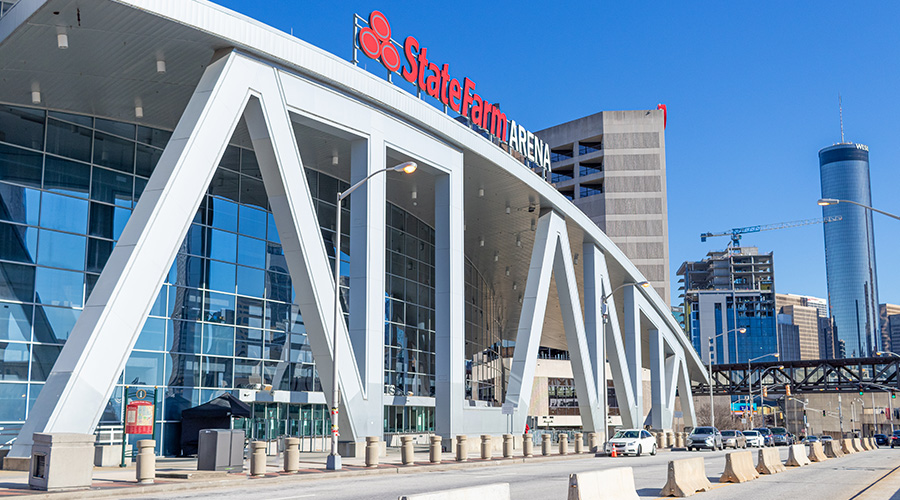Soaring Savings: HVAC, Lighting Retrofits Bring Bottom-Line Benefits
By Dave Lubach, Associate Editor
OTHER PARTS OF THIS ARTICLEPt. 1: This Page
New institutional and commercial buildings can address a range of challenges for managers and occupants. They can eliminate concerns such as occupant comfort and indoor air quality, and they can produce opportunities to save energy.
But as maintenance and engineering managers understand all too well, such savings do not occur overnight. It can take months or even years for a maintenance and operations staff to learn and understand new buildings and the systems designed to improve their efficiency.
James Furiosi, senior manager of maintenance with the Lee County Port Authority/Southwest Florida International Airport, and his staff have gone through the process of learning about a new building. Fort Myers built a new airport — a 798,000-square-foot facility — in 2005, and the maintenance and operations staff spent the next few years familiarizing themselves with the building’s HVAC, lighting and electrical systems and components.
Two years later, reduced airport revenues forced Furiosi’s staff to find ways to cut costs. The group’s response to this situation, and the savings generated in the process, earned the department a 2013 Facility Maintenance Decisions Achievement Award for financial management.
“We experienced a significant decrease in revenues and found ourselves in the middle of a hiring freeze and no raises,” Furiosi says. “From a maintenance perspective, this meant we needed to ensure we could provide our customers with the same levels of quality we have always strived to maintain, with less dependence on outside vendor support and professional service contractors to the greatest extent possible.”
Furiosi saw particular potential savings in the airport’s lighting and HVAC systems. The maintenance staff retrofitted lamps and fixtures, added sensor controls, and implemented lighting setbacks to reduce energy use. They changed out more than 11,000 metal halide lamps of 32-1,000 watts (W) and replaced them with 21-80 W lamps. The retrofits helped reduce energy use from 23.3 million kilowatt hours (kWh) in the airport’s first year of operation to less than 20 million kWh a year.
To reduce HVAC costs, the maintenance staff installed new motors, belts and controllers, and they added air-temperature sensors to reduce energy use the airport’s three 1,200-ton chillers, which used to run 24/7. Many variables determine the number of chillers needed at a specific time. For example, the staff retrofitted variable-air-volume units in office spaces to include heat strips that help maintain desired room temperatures. The projects helped reduce the airport’s chiller use from 8.79 million kWh to 5.43 million kWh over a four-year period.
The initiatives also helped cut the airport’s utility bill by more than 33 percent over the last four years, from $4.41 million to $2.99 million.
“It’s greatly exceeded any expectations that we had,” Furiosi says. “We had champions in the department that took that challenge on their own and learned these systems. As their understanding and knowledge grew on the systems, components and layout of the facility, it just took its own path, and the end result ended in a significant cost savings.”
After initially experiencing significant savings, the airport’s electrical costs have flatlined over the last couple of years, Furiosi says, adding that the next steps to more savings will focus on retrofits and upgrades of existing systems.
“When the terminal was built, LED lighting and green initiatives had a great (financial) initial investment, and it was hard to quantify replacing them knowing we had new systems in place,” Furiosi says. “How do we rip out new systems that are working to implement something that will save us money from an energy standpoint, but we have to incur the initial costs? The return on investment was shot way out into the future. So the way we are with these systems now, going forward, we will look at replacing them with more energy-efficient solutions.”
For a link to view past winners of the Achievement Awards, click here.
Related Topics:











